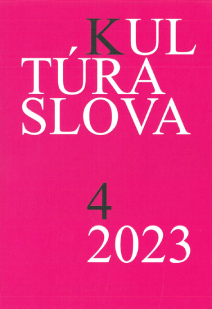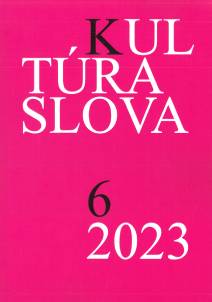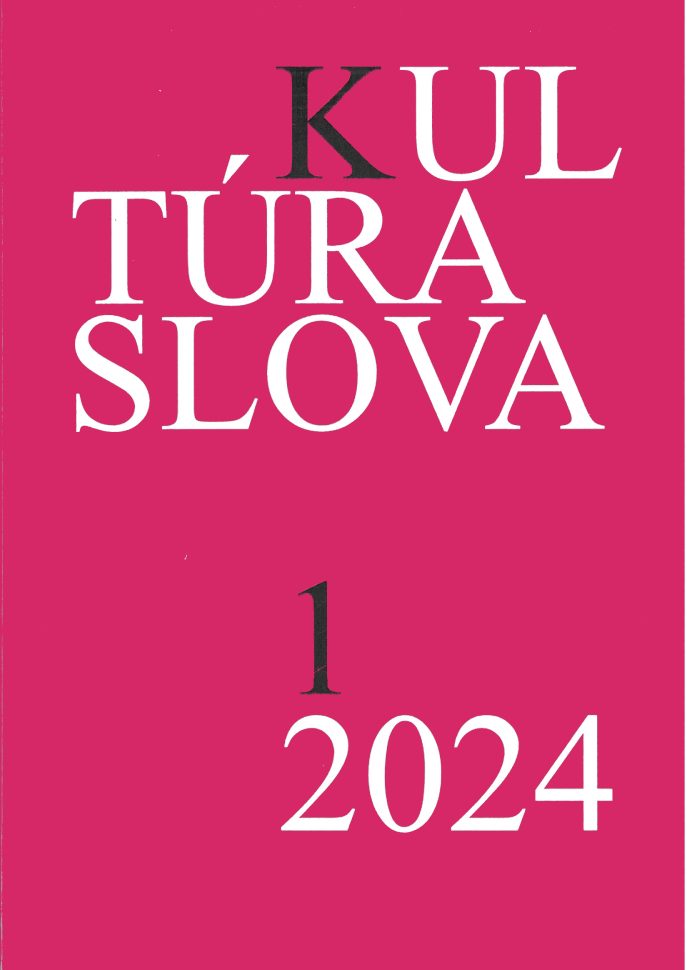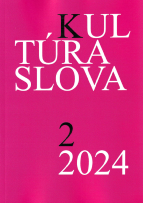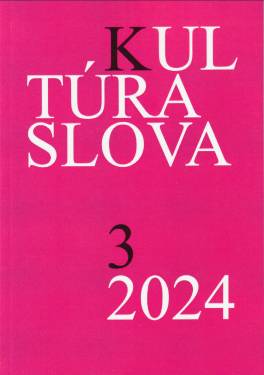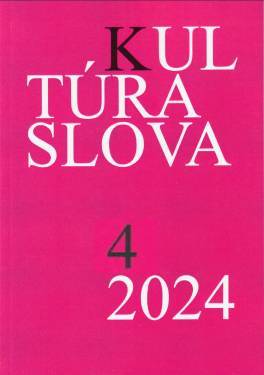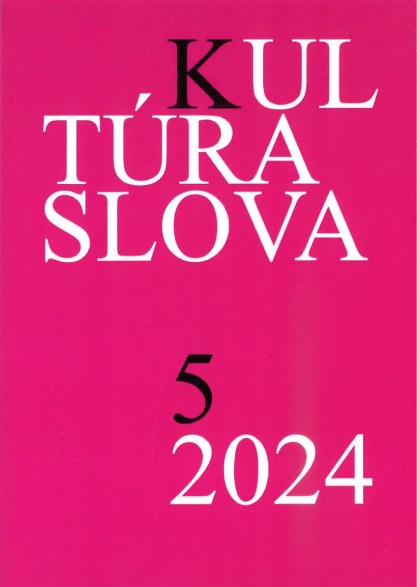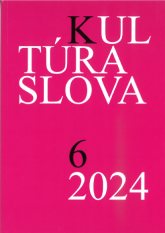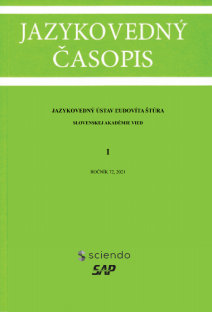
Z historie ženských pojmenování v českých zemích
The study follows the development of naming women with names used in public during the period before surnames were introduced by law (i.e. before 1786). The analysis of anthroponyms proved that naming women reflects their social status. Daughters were most frequently identified by their first names and by their relations to their fathers, aswell as wives and widows were most frequently identified by their first names and by their relations to their husbands. Naming units of a descriptive nature have originated in this way, with a tendency towards simplification during further development, e.g., Anna manželka Matěje Jírova … Anna Matěje Jíry … Anna Jírova (these are several stages of naming a person referred to as "Ann, the wife of Matěj Jíra"). Wealthy widows or wives of a more prominent social status than their husbands had the same complementary anthroponyms as men (Anna mlynářka skalická – "Ann, the miller of Skalice") and their children or husbands were often referred to in the way the particular women were, e.g., Martin Evka (derived from Eva), Ondřejovi, Kateřininému synu ("to Andrew, the son of Catherine"). These facts prove that the way of naming women with names used in public was primarily determined by their social status, rather than by the gender.
More...
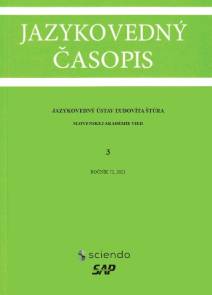
![Contextual sensitivity of the lexemes učiteľ [teacher] and učiteľka [female teacher]](/api/image/getissuecoverimage?id=picture_2022_72155.jpg)
